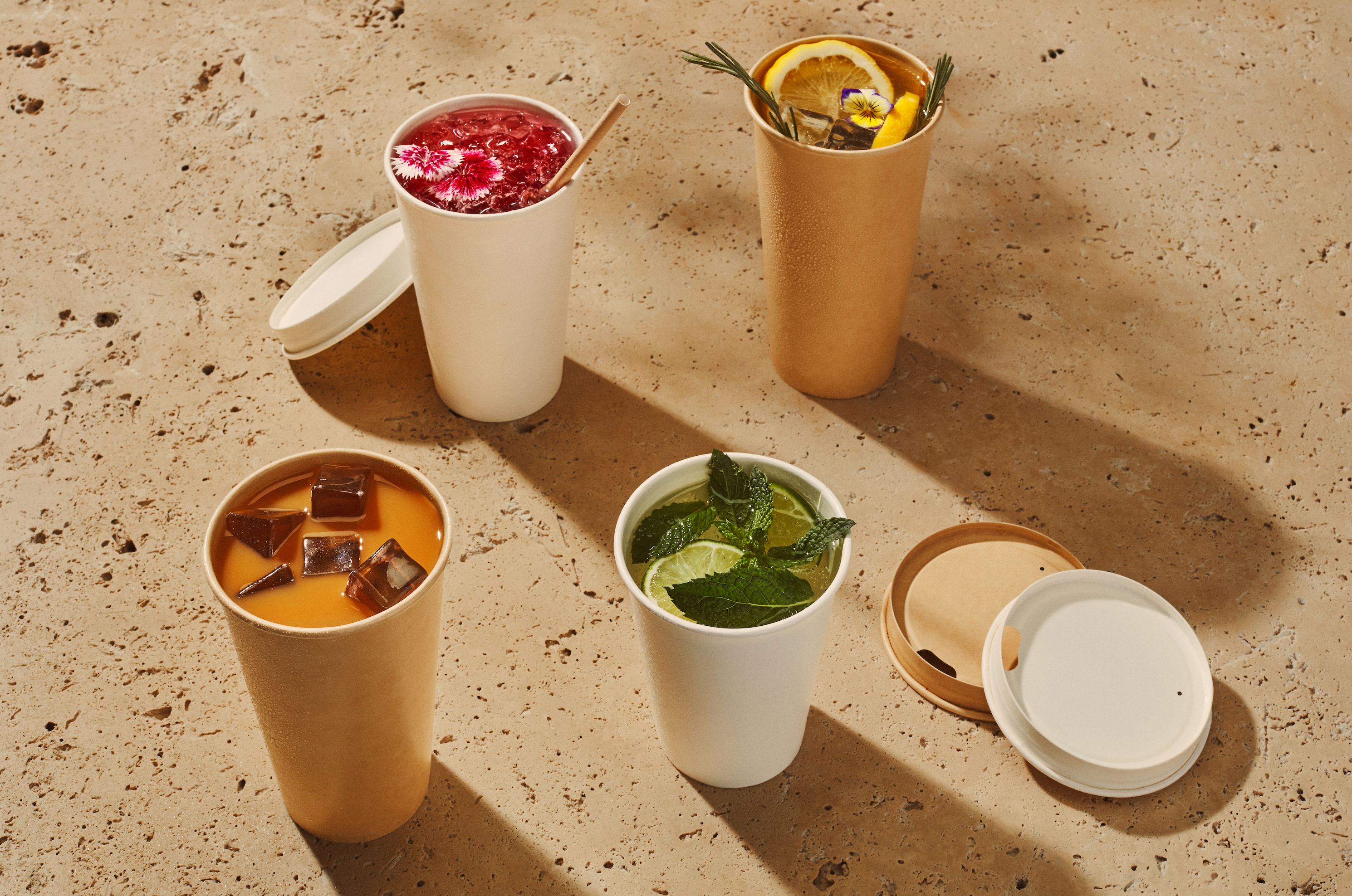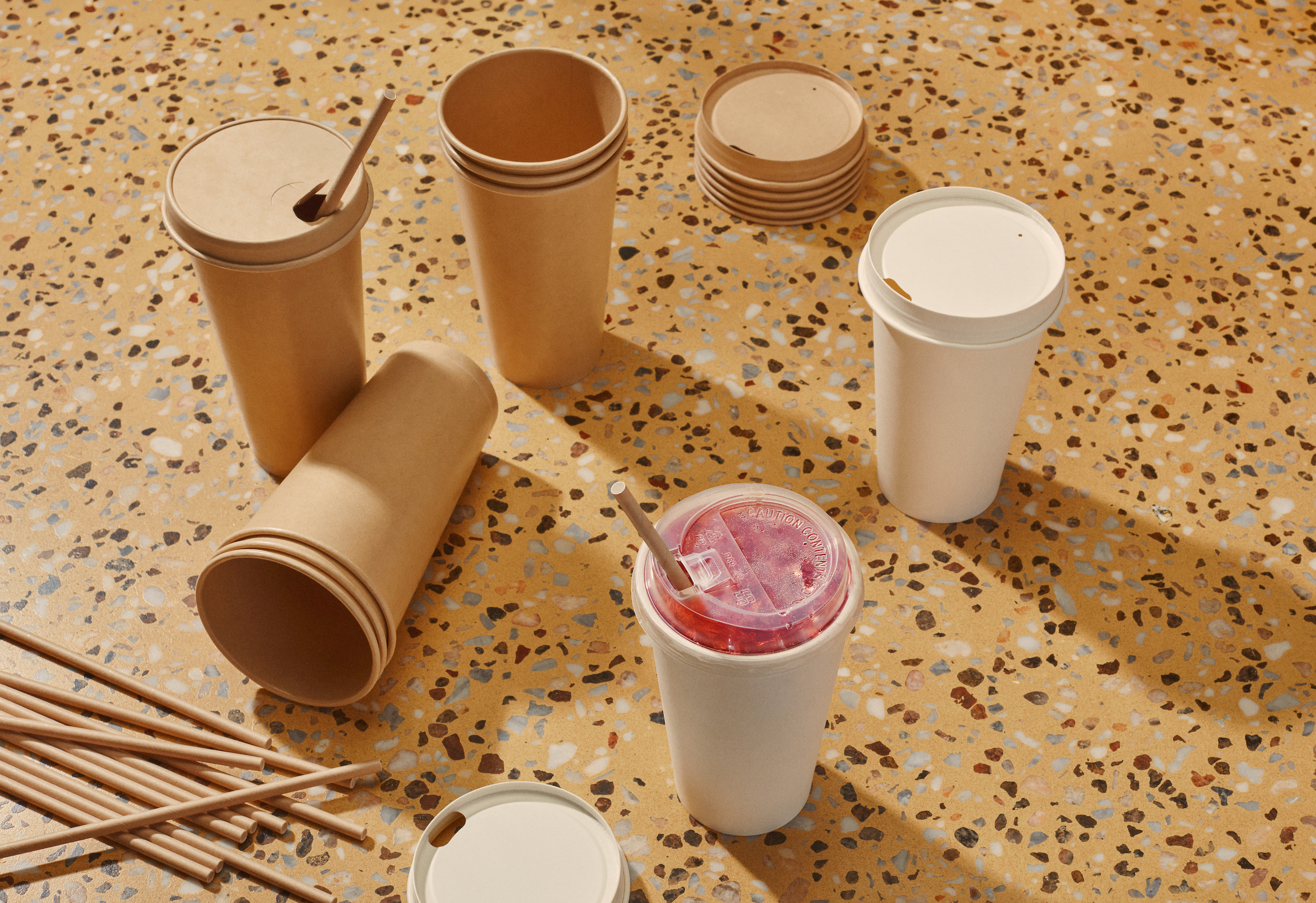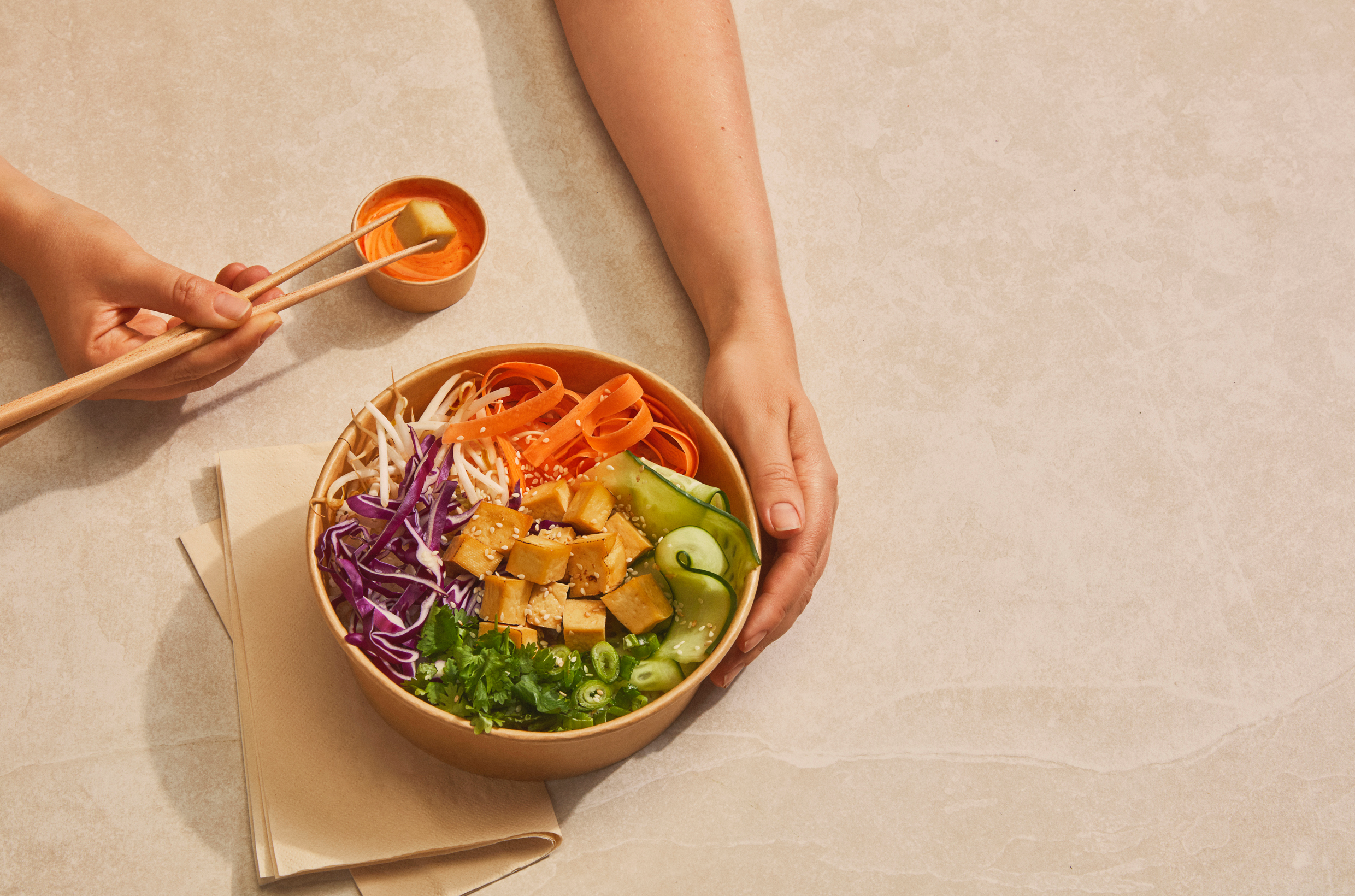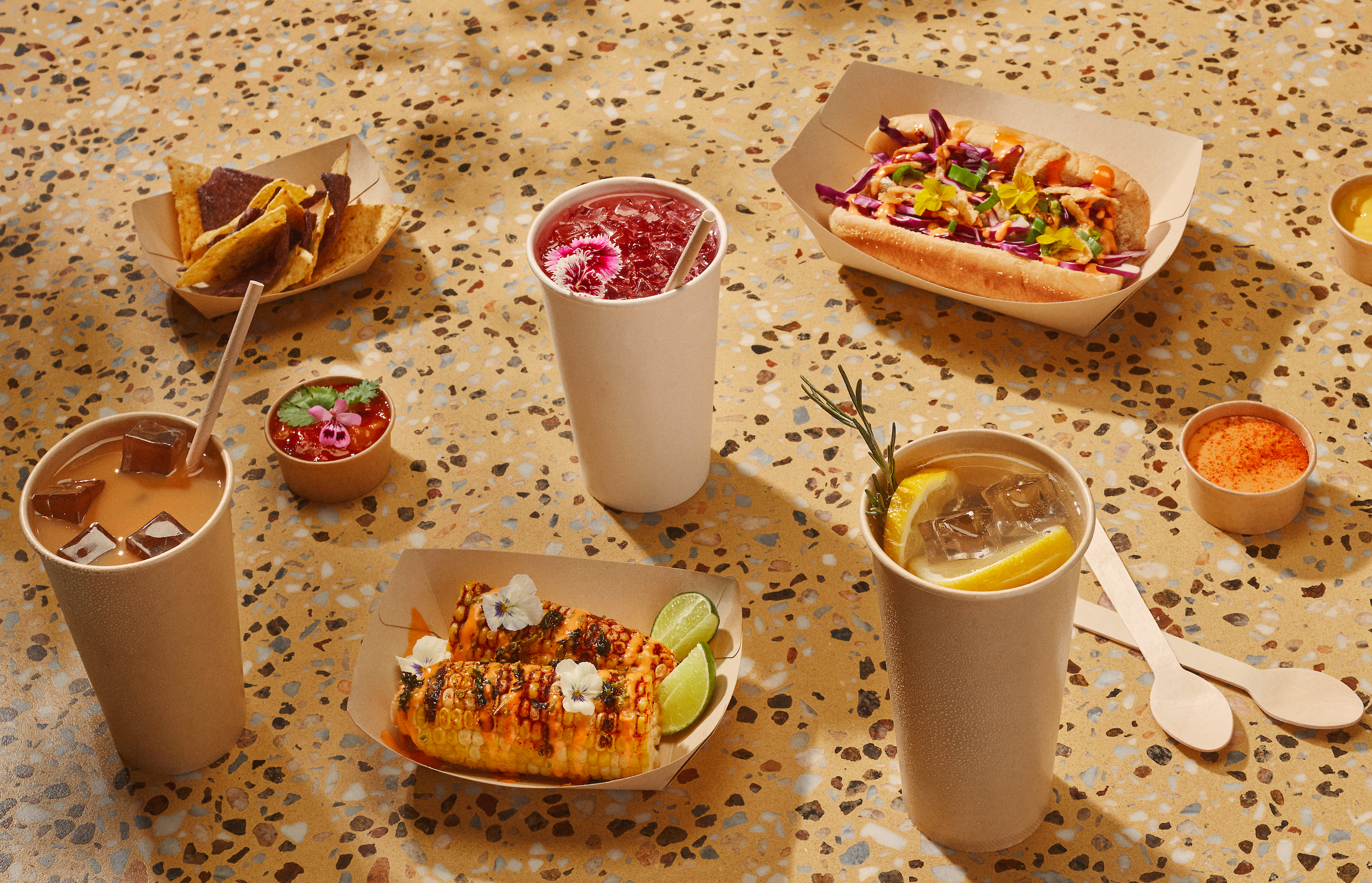In the pursuit of more eco-friendly packaging solutions, the spotlight is increasingly turning to aqueous lining, often referred to as water-based coating. These coatings are rapidly displacing traditional options like PLA (Polylactic Acid) and PE (Polyethylene) linings. So, why are these water-based alternatives gaining momentum within the packaging industry? Read on to find out.
Understanding Aqueous Lining
Despite their name, aqueous linings are not made of water; rather, they are water-based. They employ a dispersion system of polymers and additives in water to create a protective barrier.
In contrast to traditional linings such as PLA or PE, which are either glued or sprayed onto the outermost layer of packaging, aqueous linings behave more like paint. They are applied to the food packaging material, with most of the liquid being absorbed into the paper fibers. This innovative approach means that only a minimal layer of aqueous lining is required to provide the necessary barrier, making it ideal for various applications, especially food packaging and containers designed for liquids or items that require resistance to oil and fats.
Why Choose Aqueous Lining Over Traditional Options?
Aqueous linings are generally considered more environmentally friendly than traditional plastic coatings, as they contain fewer harmful chemicals.
The primary advantage of aqueous lining lies in the reduced quantity needed to prevent leakage compared to traditional linings. In comparison, aqueous typically demands two to five times less material per square meter than PE and PLA linings. This translates to significantly less plastic usage, making it a more sustainable choice without compromising performance.
It's important to note that while aqueous lining contains plastic polymers, it uses them in substantially lower quantities than conventional coatings or adhesives, all while delivering the same level of leak and grease resistance.
End-of-Life Considerations
Aqueous lining breaks down effectively in specialized composting facilities and is generally more recyclable compared to traditional coatings.
Michelman, a supplier of aqueous linings, highlights these advantages on its website, stating their water-based coatings provide essential water resistance to materials like corrugated cardboard and paper packaging while ensuring that these materials can be easily repulped and recycled.
In contrast, traditional PE and PLA coatings present recycling challenges due to their composition, which requires specific and often limited recycling processes.
In conclusion, water-based coatings, or aqueous linings, are emerging as a sustainable alternative in the food packaging world. Their reduced plastic usage and high performance make them an appealing choice for foodservice businesses. However, proper disposal and recycling practices are crucial to maximize their environmental benefits.
Shop our curated packaging solutions made with water-based coating.







